Indication
Rosuvastatin is indicated for:
- Patients with primary hyperlipidemia and mixed dyslipidemia as an adjunct to diet to reduce elevated total-C, LDL-C, ApoB, non HDL-C and TG levels and to increase HDL-C.
- Patients with hypertriglyceredemia as an adjunct to diet.
- Patients with primary dysbetalipoproteinemia (Type III hyperlipoproteinemia) as an adjunct to diet.
- Patients with homozygous familial hypercholesterolemia (HoFH) to reduce LDL-C, total-C, and ApoB.
- Slowing the progression of atherosclerosis as part of a treatment strategy to lower total-C and LDL-C as an adjunct to diet.
- Pediatric patients 10 to 17 years of age with heterozygous familial hypercholesterolemia (HeFH) to reduce elevated total-C, LDL-C and ApoB after failing an adequate trial of diet therapy.
- Risk reduction of Myocardial Infarction (MI), stroke and arterial revascularization procedures in patients without clinically evident CHD, but with multiple risk factors.
Dosage & Administration
General Dosing Information:
The dose range for Rosuvastatin is 5 to 40 mg orally once daily. The usual starting dose is 10-20 mg. Rosuvastatin can be administered as a single dose at any time of day, with or without food. When initiating Rosuvastatin therapy or switching from another HMG-CoA reductase inhibitor therapy, the appropriate Rosuvastatin starting dose should first be utilized, and only then titrated according to the patient`s response and individualized goal of therapy. After initiation or upon titration of Rosuvastatin, lipid levels should be analyzed within 2 to 4 weeks and the dosage adjusted accordingly. The 40 mg dose of Rosuvastatin should be used only for those patients who have not achieved their LDL-C goal utilizing the 20 mg dose.
Heterozygous Familial Hypercholesterolemia in Pediatric
Patients (10 to 17 years of age): The usual dose range of Rosuvastatin is 5- 20 mg/day; the maximum recommended dose is 20 mg/day (doses greater than 20 mg have not been studied in this patient population). Doses should be individualized according to the recommended goal of therapy. Adjustments should be made at
intervals of 4 weeks or more.
Homozygous Familial Hypercholesterolemia: The recommended starting dose of Rosuvastatin is 20 mg once daily. Response to therapy should be estimated from preapheresis LDL-C levels.
Dosage in Asian Patients: Initiation of Rosuvastatin therapy with 5 mg once daily should be considered for Asian patients
Use with Cyclosporine, Lopinavir/Ritonavir or Atazanavir/Ritonavir:
In patients taking Cyclosporine, the dose of Rosuvastatin should be limited to 5 mg once daily. In patients taking a combination of Lopinavir and Ritonavir or Atazanavir and Ritonavir, the dose of Rosuvastatin should be limited to 10 mg once daily.
Concomitant Lipid-Lowering Therapy: The risk of skeletal muscle effects may be enhanced when Rosuvastatin is used in combination with Niacin or Fenofibrate; a reduction in Rosuvastatin dosage should be considered in this setting. Combination therapy with Gemfibrozil should be avoided because of an increase in Rosuvastatin exposure with concomitant use; if Rosuvastatin is used in combination with Gemfibrozil, the dose of Rosuvastatin should be limited to 10 mg once daily.
Dosage in Patients with Severe Renal Impairment: For patients with severe renal impairment (CLcr < 30 mL/min/1.73 m²) not on hemodialysis, dosing of Rosuvastatin should be started at 5 mg once daily and not exceed 10 mg once daily.
Precautions
Rosuvastatin should be prescribed with caution in patients with predisposing factors for myopathy (e.g., age >65 years, inadequately treated hypothyroidism, renal impairment). The risk of myopathy during treatment with Rosuvastatin may be increased with concurrent administration of some other lipid-lowering therapies (Fibrates or Niacin), Gemfibrozil, Cyclosporine, Lopinavir/Ritonavir, or Atazanavir/Ritonavir. Rosuvastatin therapy should be discontinued if markedly elevated creatinine kinase levels occur or myopathy is diagnosed or suspected. Rosuvastatin therapy should also be temporarily withheld in any patient with an acute, serious condition suggestive of myopathy or predisposing to the development of renal failure secondary to rhabdomyolysis (e.g., sepsis, hypotension, dehydration, major surgery, trauma, severe metabolic, endocrine, and electrolyte disorders, or uncontrolled seizures). It is recommended that liver enzyme tests be performed before and at 12 weeks following both the initiation of therapy and any elevation of dose, and periodically (e.g., semiannually) thereafter.
Use in Pregnancy and Lactation
Rosuvastatin should be administered to women of childbearing age only when such patients are highly unlikely to conceive and have been informed of the potential hazards. If the patient becomes pregnant while taking this drug, therapy should be discontinued immediately. It is not known whether Rosuvastatin is excreted in human milk, but a small amount of another drug in this class does pass into breast milk.
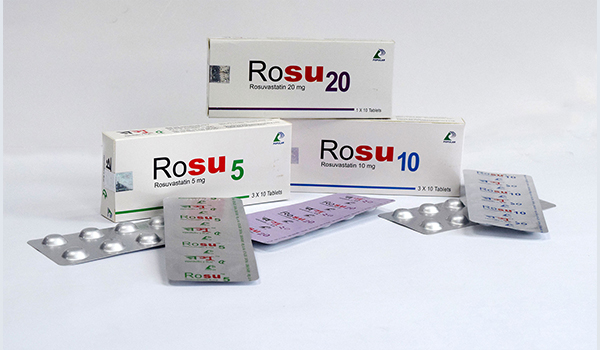
Product Details
Related Products
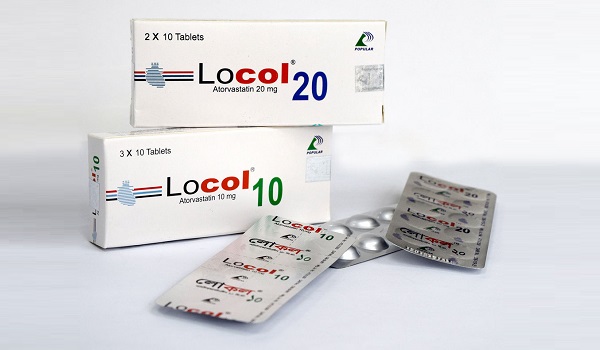
Locol
AtorvastatinCardiovascular Products
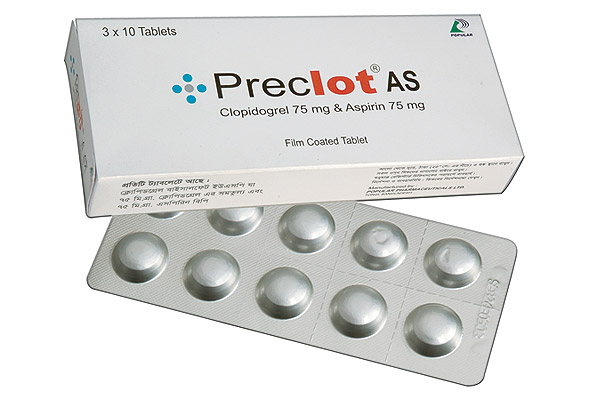
Preclot
ClopidogrelCardiovascular Products

Preclot AS
Clopidogrel & AspirinCardiovascular Products
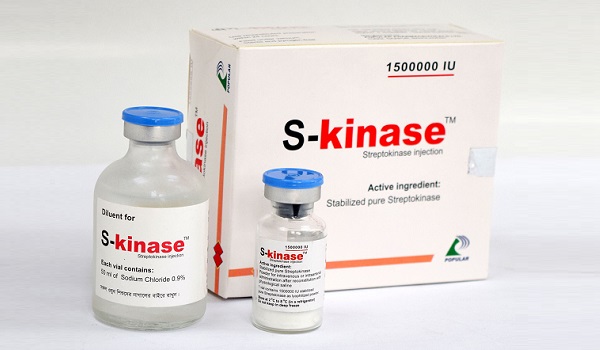
S-kinase
StreptokinaseCardiovascular Products
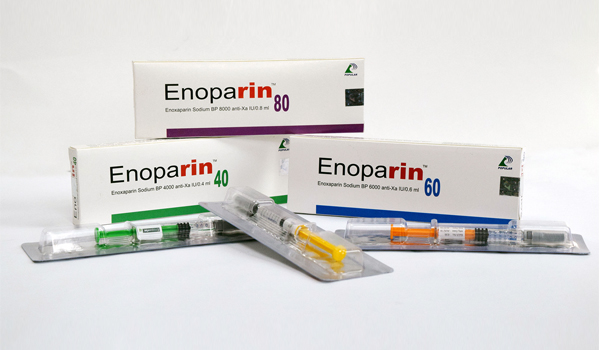
Enoparin
Enoxaparin SodiumCardiovascular Products
